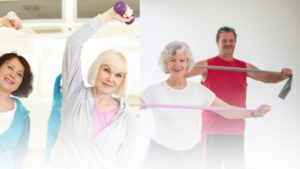 If you have scoliosis and you’re unsure how to move without making things worse, you’re not alone. A lot of people I speak with have either been told to avoid exercise altogether or they’ve tried things that didn’t help—or made their pain worse.
The truth is, movement can help, but it needs to be the right kind of movement. That’s what inspired me to create the Scoliosis Correction Protocol—a program built on years of clinical experience, focused on mobility, strength, and endurance tailored to your spine.
Here’s what I want you to know about exercising with scoliosis.
If you have scoliosis and you’re unsure how to move without making things worse, you’re not alone. A lot of people I speak with have either been told to avoid exercise altogether or they’ve tried things that didn’t help—or made their pain worse.
The truth is, movement can help, but it needs to be the right kind of movement. That’s what inspired me to create the Scoliosis Correction Protocol—a program built on years of clinical experience, focused on mobility, strength, and endurance tailored to your spine.
Here’s what I want you to know about exercising with scoliosis.

"Oh My Gosh- I am ALREADY feeling relief after a few days! I used to wake up 2-3 times a night with shooting pain that anti inflammatories couldn't touch. Now I have been waking up just because I want to notice what it feels like to lay in bed pain free- THANK YOU!."

"When I first started with your program I was experience a lot of pain. Walking was difficult. I had to stop and catch my breath every few minutes and lean against a wall for support. Now when I walk with my husband we go for over an hour. I never had to sit down and stop...and, hardly any pain!!! 😊😊 I can’t thank you enough."
Frustrated that you aren't recovering fast enough?
Discover how to heal from illness and injury using movement, food and lifestyle.